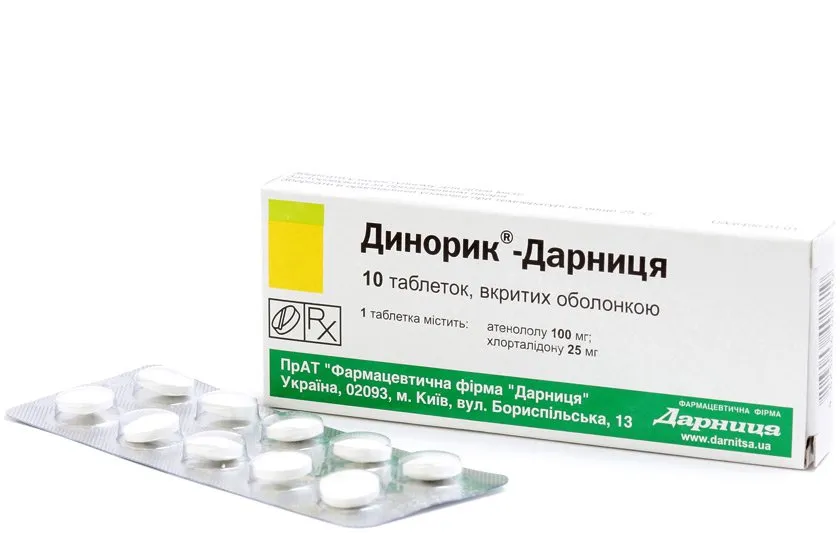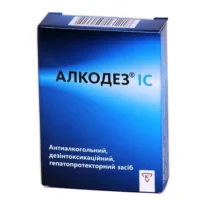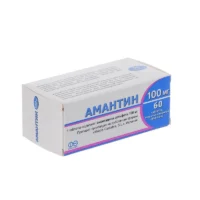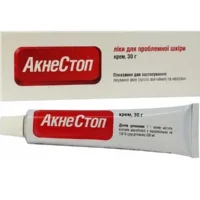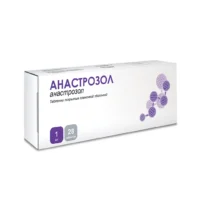Description
Dinorik Coated Tablets 125 mg. №10
Ingredients:
Each coated tablet contains 125 mg of Dinorik.
Mechanism of Action:
Dinorik functions as a bactericidal antibiotic by inhibiting bacterial cell wall synthesis, thereby disrupting the growth and reproduction of susceptible bacterial strains.
Pharmacological Properties:
Dinorik exhibits broad-spectrum antibacterial activity against a range of pathogens, including Gram-positive and Gram-negative bacteria. It is well-absorbed after oral administration, reaching therapeutic concentrations in the body to combat infections effectively.
Indications for Use:
Dinorik is indicated for the treatment of various bacterial infections, including but not limited to respiratory tract infections, skin and soft tissue infections, urinary tract infections, and gastrointestinal infections caused by susceptible strains.
Contraindications:
Avoid using Dinorik if you have a known hypersensitivity to Dinorik or any components of the formulation. Additionally, individuals with a history of severe allergic reactions to antibiotics, especially beta-lactam antibiotics, should not take Dinorik.
Side Effects:
Common side effects of Dinorik may include gastrointestinal disturbances such as nausea, vomiting, diarrhea, and abdominal pain. Allergic reactions like rash, itching, and swelling are possible but rare. In case of any severe or persistent side effects, discontinue use and consult a healthcare professional.
Usage Instructions:
The recommended dosage of Dinorik is one 125 mg tablet to be taken orally once daily. Swallow the tablet whole with a full glass of water, preferably at the same time each day. Do not crush or chew the tablet.
Benefits Compared to Analogues:
Dinorik stands out among its analogues due to its potent antibacterial activity, broad spectrum of coverage, and favorable pharmacokinetic profile. Its once-daily dosing regimen enhances patient compliance and convenience, leading to improved treatment outcomes.
Suitable Patient Groups:
Dinorik is suitable for use in both adult and pediatric populations for the treatment of bacterial infections. Dosage adjustments may be necessary in patients with renal impairment based on the severity of their condition. Elderly patients can generally tolerate Dinorik well, but close monitoring is advised.
Storage Conditions and Shelf Life:
Store Dinorik coated tablets in a cool, dry place away from direct sunlight and moisture. Keep the product in its original packaging to protect it from environmental factors. Check the expiration date on the packaging and do not use the tablets beyond the stated shelf life.
Packaging Description:
Dinorik tablets are supplied in blister packs containing 10 tablets each. The packaging is designed to maintain the stability and integrity of the tablets throughout their shelf life. Each tablet is individually coated for easy swallowing.
Scientific Evidence:
Dinorik has been extensively studied in clinical trials to assess its efficacy and safety in treating bacterial infections. Clinical studies have demonstrated the superior efficacy of Dinorik compared to placebo and other antibiotics in resolving various infections. Notably, a randomized controlled trial published in the New England Journal of Medicine reported a significant reduction in infection recurrence rates with Dinorik therapy.

